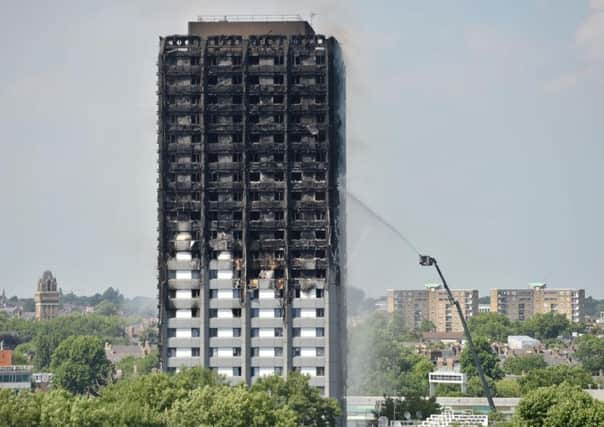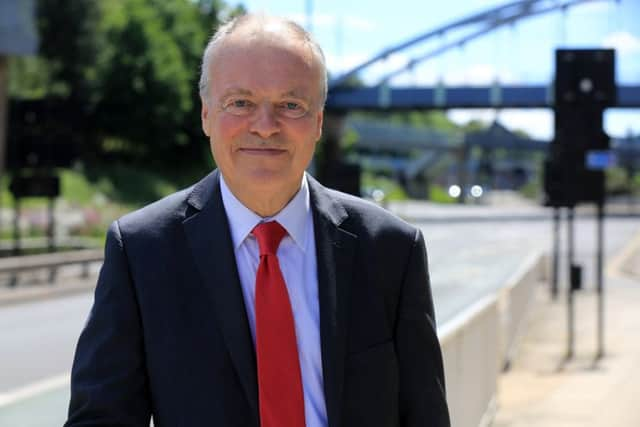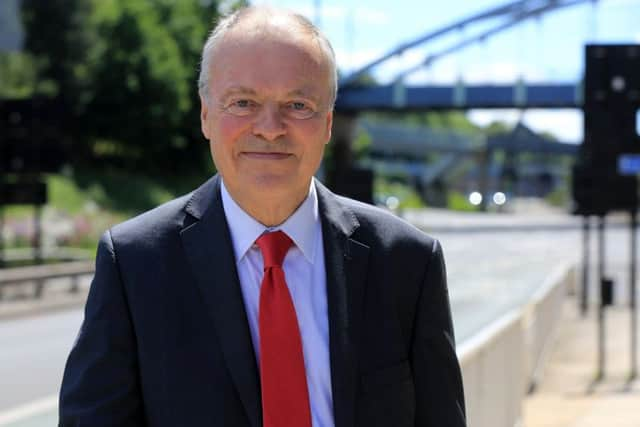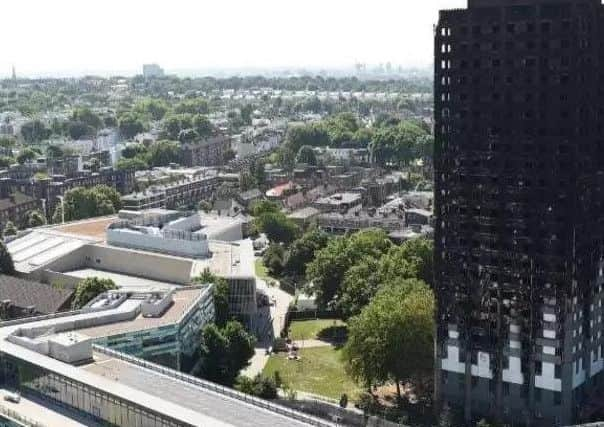Two years after Grenfell Tower tragedy these questions about safety of cladding on all high-rise buildings still need answering - Clive Betts


As the Housing, Communities and Local Government Committee, we have not looked at the causes of the disaster and the reasons for it, because that is a job for the inquiry to do.
We have looked at what improvements can be made to regulations and rules on buildings and building safety to make other people safer in their homes and other buildings they are in the future.
Advertisement
Hide AdAdvertisement
Hide AdHowever, it is also a story of probably quite a slow response in some respects, and of a response that is still completely inadequate in others and one that has not been finalised. I hope it has not been finalised because I hope that the Government will go further.


It is a story about ACM cladding – the cladding on Grenfell – and clearly a requirement for that to be removed, and it is a story of other materials that may be just as dangerous as ACM cladding.
It is a story of materials generally that are not of limited combustibility and what should happen to them. It is a story not merely of high-rise residential buildings, but of other high-risk buildings such as hospitals and old people’s homes. Very importantly, it is a story not merely about new building, but about existing buildings.
It was immediately agreed that the ACM cladding on other high-rise residential buildings should be removed. However, the Government initially produced no funding to go with that.
Advertisement
Hide AdAdvertisement
Hide AdIt took until May 16 last year – roughly a year after the disaster – for the Government to come forward with £400m, which was welcome. It has generally meant quite a lot of progress on taking the cladding off high-rise social housing, and that progress is welcome. It is not quite complete, but it is welcome progress.


Alongside that, there has been a real problem in relation to private sector buildings and the refusal of the freeholders to accept responsibility.
The Government’s reasoned response was that leaseholders should not have to pay for the responsibility. However, for a year after the announcement of the funding for social housing, there was virtually no progress at all on private high-rise buildings, except where some developers decided that they would accept responsibility for the material they had put on.
We have to recognise that, in some cases, developers were no longer responsible for the buildings – they may have been bought out by other companies – while there were leaseholders who could not pay. It really was a situation that was never going to be resolved.
Advertisement
Hide AdAdvertisement
Hide AdMinisters kept saying – I think this was the famous phrase – “we rule nothing out”, but for the most part nothing actually got done for a long period of time. That was even though the Committee, when it did its report last July, recommended that an immediate fund be established, initially at a very low rate of interest, at least to provide the wherewithal to get this work done.


Now we at least have the £200m fund that the Government has announced for private sector properties, but there are a lot of questions about it. First, who applies for the fund? Who ensures the work is carried out? Is there a timeline by which all this work has to be carried out? What happens if no one applies and the building is still there with this cladding on it? What happens to the local authority if it goes in and does the work in default: does it get the money back? What happens where a developer has already, rightly, paid for the work themselves: can that developer claim the money back from the fund? In the end, who is responsible for the work being signed off as satisfactory? There are a lot of questions that need addressing.
I am sure that sums are going round in the heads of people in the Treasury, who will be counting the cost of taking material that is not of limited combustibility off all existing buildings.
That cost will be considerable and probably far larger than the budget for dealing with ACM to which the Government had to commit, but is the Minister really comfortable with saying to people “You’re going to live in a home that has material on it that we would not consider safe to put on a new building”?
Clive Betts is Labour MP for Sheffield South East and chair of Parliament’s Housing, Communities and Local Government Committee. This is an edited version of a House of Commons speech.